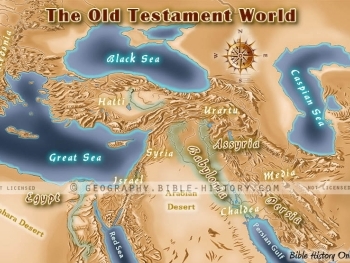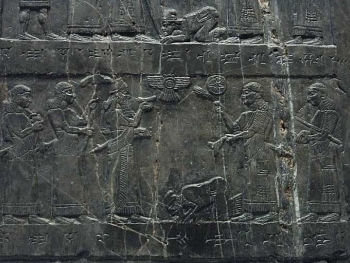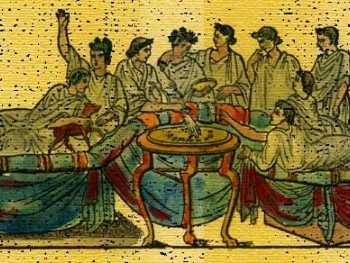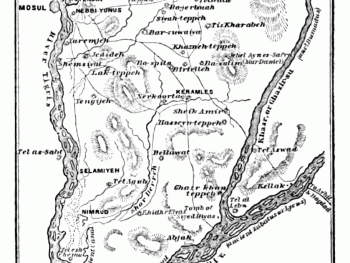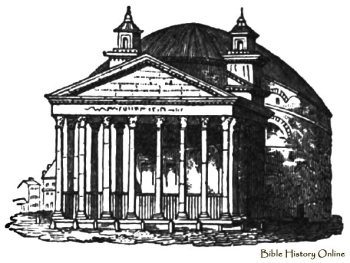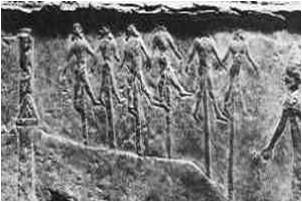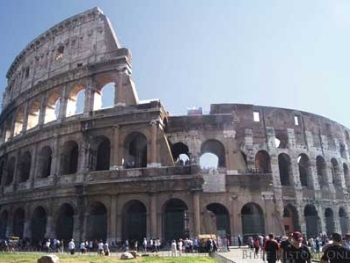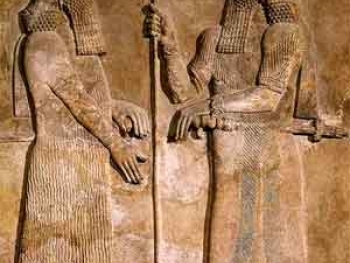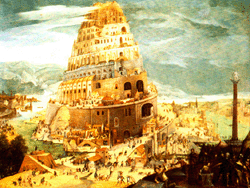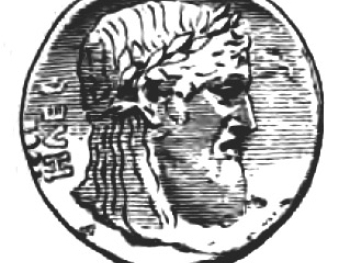The name of Jesus, in its original language, was written in Hebrew as יֵשׁוּעַ (Yeshua) or יְהוֹשֻׁעַ (Yehoshua). In the New Testament, the name appears in Greek as Ἰησοῦς (Iēsous). The specific form used in the Bible depends on the original language of the text.
The Hebrew name Yeshua is derived from the Hebrew word for "salvation" or "to save." It is a common name among Jews of that time and holds significant meaning in relation to Jesus' mission as the Savior.
In the Greek New Testament, the name Iēsous is used to refer to Jesus. This form is an adaptation of the Hebrew name Yeshua into the Greek language.
It's important to note that the pronunciation and spelling of names can vary in different languages and throughout different historical periods. The English name "Jesus" is an Anglicized form of the Greek name Iēsous, which has become widely recognized in English-speaking cultures.
Regardless of the specific written form, what matters most is the person and work of Jesus Christ, as revealed in the teachings and narratives of the Bible.
